
Properties and Applications of Transparent PET Blister Boxes in Diverse Packaging Solutions
2025-07-07 17:01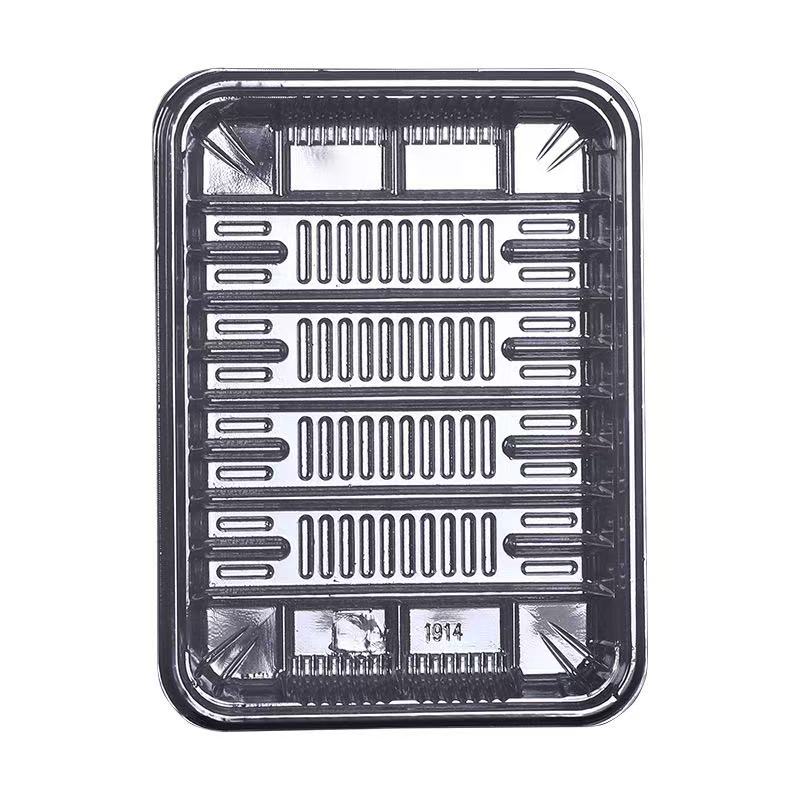 These boxes, formed through the thermoforming of PET sheets, provide a rigid, transparent structure that protects products while showcasing their contents. With applications ranging from food packaging to retail displays and medical packaging, transparent PET blister boxes meet the demands of industries seeking both functionality and aesthetic appeal. Their recyclability and compatibility with heat-sealing films, such as PET/PE sealing film, further enhance their utility. This article explores the properties of transparent PET blister boxes and their diverse applications, supported by technical insights and vivid examples, highlighting their role in delivering safe, attractive, and sustainable packaging solutions.
These boxes, formed through the thermoforming of PET sheets, provide a rigid, transparent structure that protects products while showcasing their contents. With applications ranging from food packaging to retail displays and medical packaging, transparent PET blister boxes meet the demands of industries seeking both functionality and aesthetic appeal. Their recyclability and compatibility with heat-sealing films, such as PET/PE sealing film, further enhance their utility. This article explores the properties of transparent PET blister boxes and their diverse applications, supported by technical insights and vivid examples, highlighting their role in delivering safe, attractive, and sustainable packaging solutions.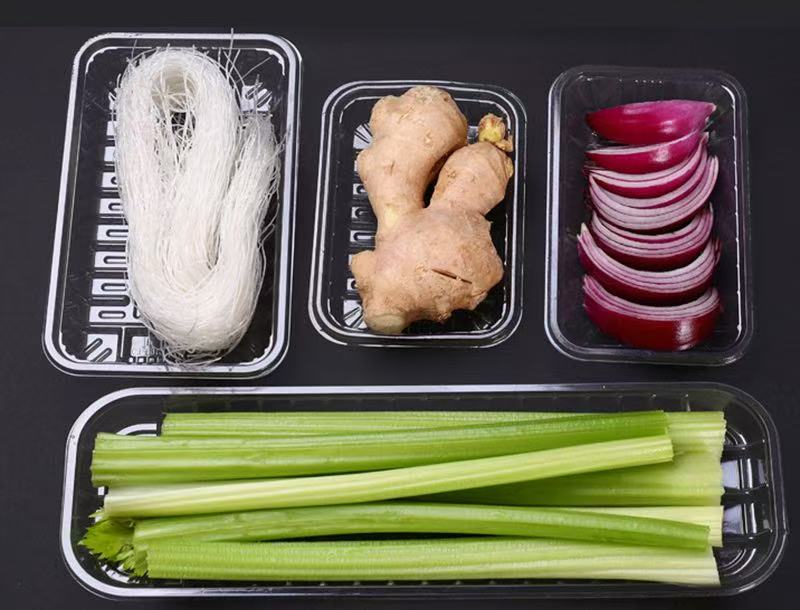 Properties of Transparent PET Blister Boxes
Properties of Transparent PET Blister BoxesExceptional Transparency and Visual Appeal
Transparent PET blister boxes are prized for their crystal-clear appearance, with light transmission rates exceeding 90%. This high clarity, derived from the amorphous structure of PET (APET), allows consumers to view the packaged product clearly, enhancing trust and appeal. For instance, in retail packaging, transparent PET blister boxes showcase the product’s details, such as the vibrant colors of cosmetics or the freshness of food, driving consumer engagement. The clarity rivals that of glass but without the fragility, making it a practical choice for display-oriented packaging.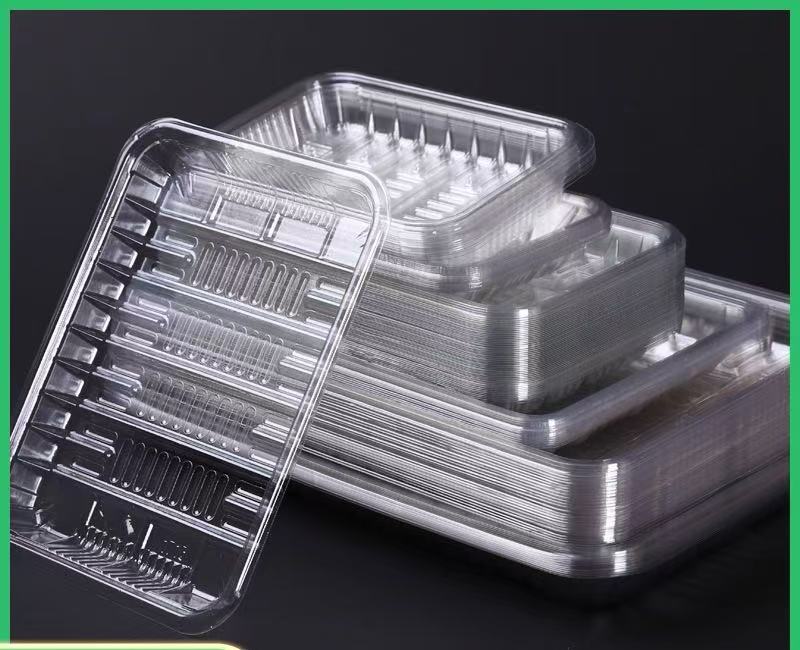
Mechanical Strength and Durability
PET is renowned for its high tensile strength, approximately 60-70 MPa, making it significantly stronger than materials like polyvinyl chloride (PVC) or polypropylene (PP). Transparent PET blister boxes resist cracking, puncturing, and deformation, ensuring products remain protected during handling, transportation, and storage. This durability is critical for applications like food packaging, where boxes must withstand stacking and rough handling without compromising integrity. The material’s toughness also allows for thinner walls, reducing material usage while maintaining strength.Thermoformability and Design Flexibility
PET’s excellent thermoformability enables the creation of complex, custom shapes for blister boxes, such as clamshells, trays, or multi-cavity designs. The material can be molded at temperatures between 120°C and 180°C, allowing for precise contours that fit products snugly. This flexibility is essential for retail packaging, where unique shapes enhance brand differentiation, and for medical packaging, where precise cavities ensure secure containment of delicate items like syringes or implants.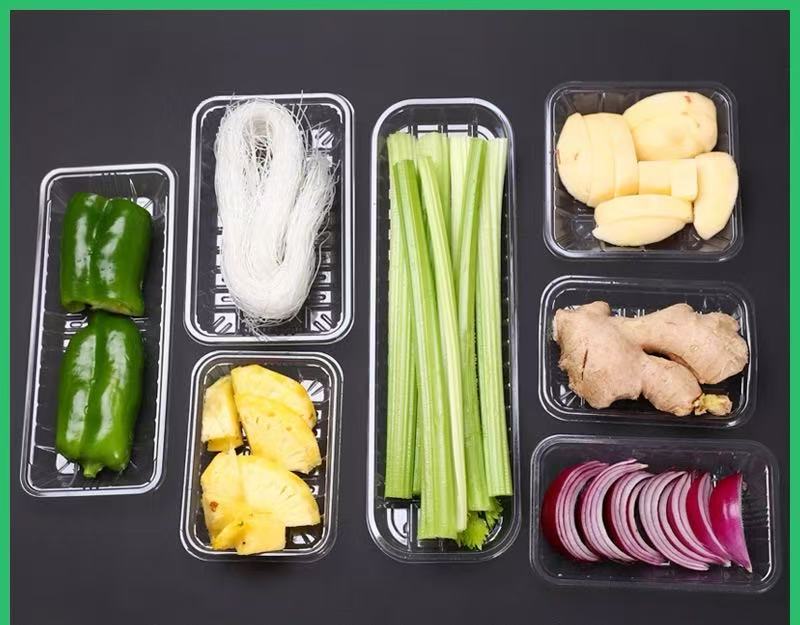
Barrier Properties and Product Protection
Transparent PET blister boxes offer moderate barrier properties against oxygen and moisture, with an oxygen transmission rate of approximately 50-90 cm³·mm/(m²·d·MPa). For enhanced protection, PET can be laminated with barrier films like PET/PE sealing film, which incorporates polyethylene (PE) for superior heat-sealing and additional moisture resistance. This combination is ideal for food packaging, where extended shelf life is critical, such as for fresh produce or vacuum-packed meats.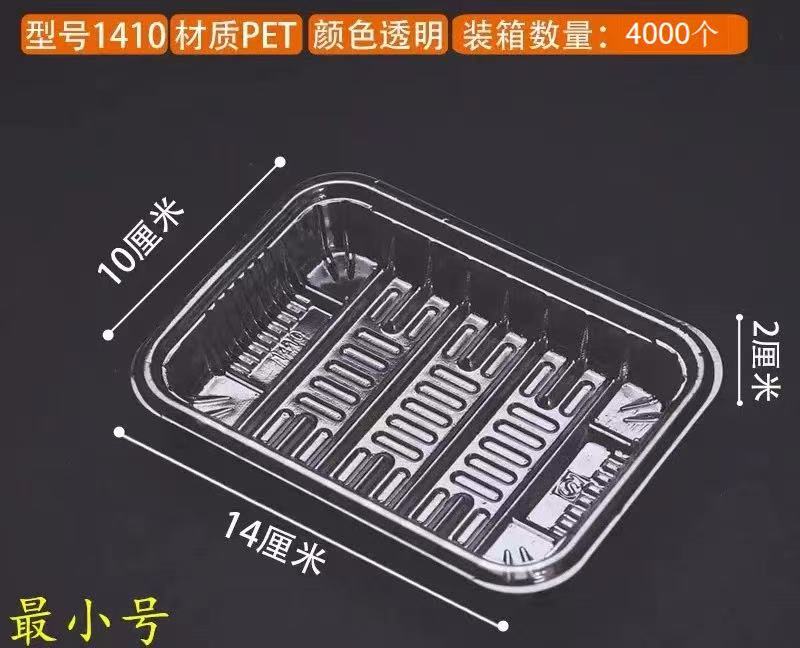
Chemical and Thermal Stability
PET exhibits excellent resistance to chemicals, oils, and acids, making it suitable for packaging products exposed to cleaning agents or oily substances. It can withstand temperatures up to 120°C continuously and 150°C for short periods, supporting applications like hot-fill packaging or microwaveable food trays. The material’s stability ensures no harmful substances are released, meeting stringent food safety standards like FDA and EU regulations.Compatibility with PET/PE Sealing Film
Transparent PET blister boxes are often paired with PET/PE sealing film to create secure, tamper-evident packages. The PE layer in the sealing film enables reliable heat sealing at lower temperatures (typically 120-160°C), ensuring airtight closures that protect contents from contamination. This compatibility enhances the versatility of PET blister boxes in applications requiring robust seals, such as food and medical packaging.Sustainability and Recyclability
PET is one of the most recyclable plastics, with transparent PET blister boxes often made from recycled PET (RPET) derived from post-consumer waste like plastic bottles. RPET retains the same clarity and strength as virgin PET, reducing the environmental footprint. When incinerated, PET produces only carbon dioxide and water, avoiding toxic emissions. The lightweight nature of PET blister boxes also minimizes transportation emissions, aligning with global sustainability goals.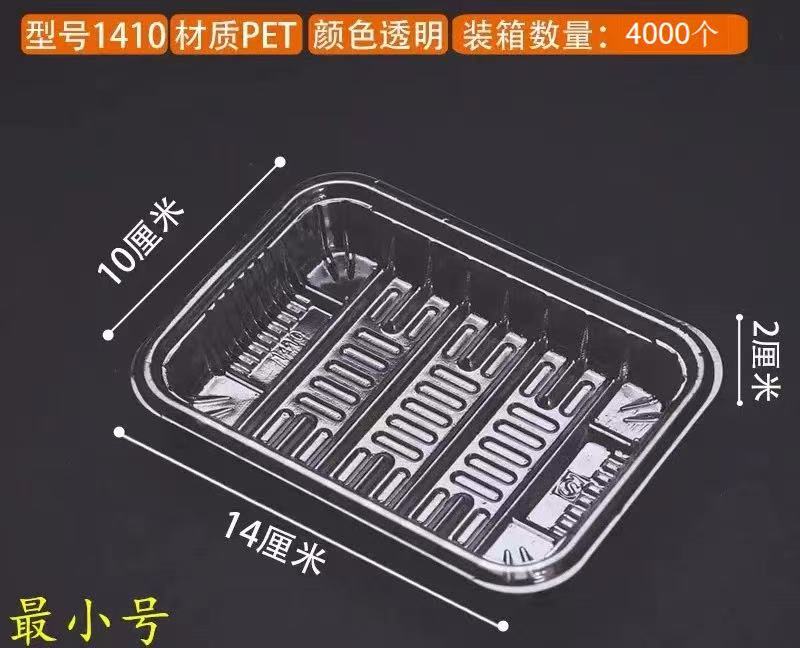
Product Visibility: The transparency of PET blister boxes allows consumers to inspect the quality and freshness of food items, such as berries, bakery goods, or deli meats. For example, clamshell PET boxes for strawberries highlight the fruit’s vibrant color, encouraging purchases in supermarkets.
Shelf Life Extension: When paired with PET/PE sealing film, PET blister boxes provide a barrier against oxygen and moisture, extending the shelf life of perishable foods. Vacuum-sealed PET blister trays for meats or cheeses, for instance, use EVOH-enhanced PET/PE films to minimize oxidation, preserving flavor and texture.
Food Safety and Compliance: PET is non-toxic, odorless, and compliant with food safety standards, making it ideal for direct food contact. It can be sterilized using gamma radiation, ensuring hygiene for sensitive applications like ready-to-eat meals or baby food packaging.
Convenience and Functionality: PET blister boxes are often designed with features like resealable lids or easy-open tabs, enhancing user convenience. For instance, PET clamshells for salads often include a hinged lid sealed with PET/PE film, allowing consumers to open and reseal the package without compromising freshness.
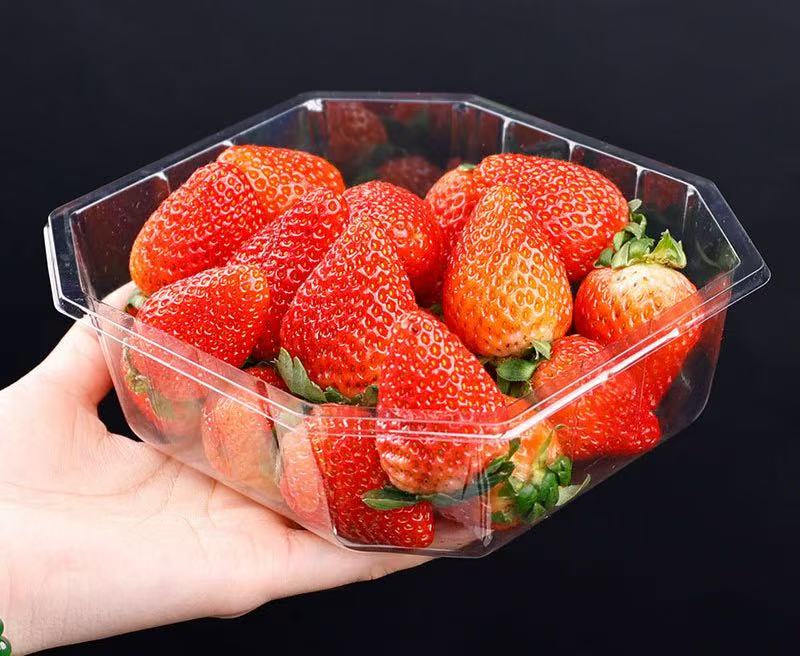 2. Retail Display PackagingIn retail, transparent PET blister boxes are a go-to choice for packaging consumer goods like electronics, cosmetics, and toys, where product visibility and protection are paramount.
2. Retail Display PackagingIn retail, transparent PET blister boxes are a go-to choice for packaging consumer goods like electronics, cosmetics, and toys, where product visibility and protection are paramount.Enhanced Product Presentation: The clarity of PET blister boxes creates an attractive display, allowing consumers to see the product in detail. For example, PET blister packs for wireless earbuds showcase the product’s design, enticing tech-savvy buyers in electronics stores.
Tamper-Evidence and Security: When sealed with PET/PE sealing film, PET blister boxes provide tamper-evident packaging, reassuring consumers of product integrity. This is critical for high-value items like cosmetics, where a secure seal prevents tampering or contamination.
Durability During Retail Handling: PET’s toughness ensures blister boxes withstand rough handling in retail environments, such as stacking or dropping. For instance, PET clamshells for power tools protect heavy items while maintaining a professional appearance on store shelves.
Customizable Designs: The thermoformability of PET allows for tailored blister box designs that enhance brand identity. Retailers often use embossed logos or unique shapes to stand out. For example, PET blister boxes for luxury skincare products are molded into sleek, contoured shapes that complement premium branding.
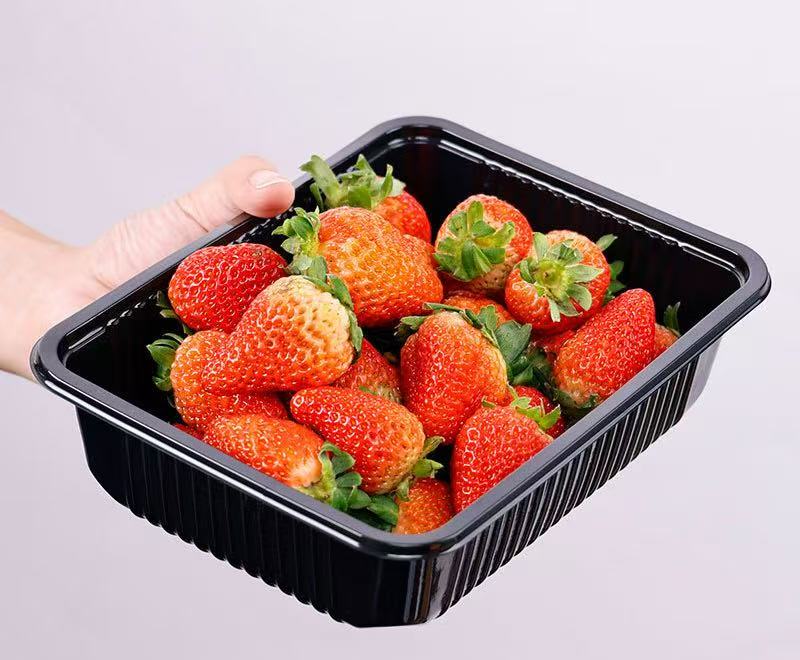 3. Medical and Pharmaceutical PackagingTransparent PET blister boxes are increasingly used in medical and pharmaceutical packaging due to their clarity, strength, and compliance with stringent regulatory standards.
3. Medical and Pharmaceutical PackagingTransparent PET blister boxes are increasingly used in medical and pharmaceutical packaging due to their clarity, strength, and compliance with stringent regulatory standards.Sterility and Safety: PET’s chemical stability and compatibility with sterilization methods like gamma radiation make it ideal for packaging medical devices, such as syringes, catheters, or surgical tools. The transparency allows healthcare professionals to inspect contents without opening the package, maintaining sterility.
Secure Containment: PET blister boxes, when sealed with PET/PE film, provide tamper-evident and airtight packaging for pharmaceuticals, ensuring product safety. For example, blister packs for tablets or capsules use PET trays with precise cavities, sealed with PET/PE film to protect against moisture and contamination.
Durability for Transport: The robustness of PET ensures medical devices remain protected during global shipping. For instance, PET blister boxes for diagnostic test kits withstand rough handling while keeping components secure and visible.
Regulatory Compliance: PET meets standards like ISO 10993-1 and USP Class VI, ensuring safety for medical applications. Its clarity also aids in quality control, allowing visual inspection of contents for defects.
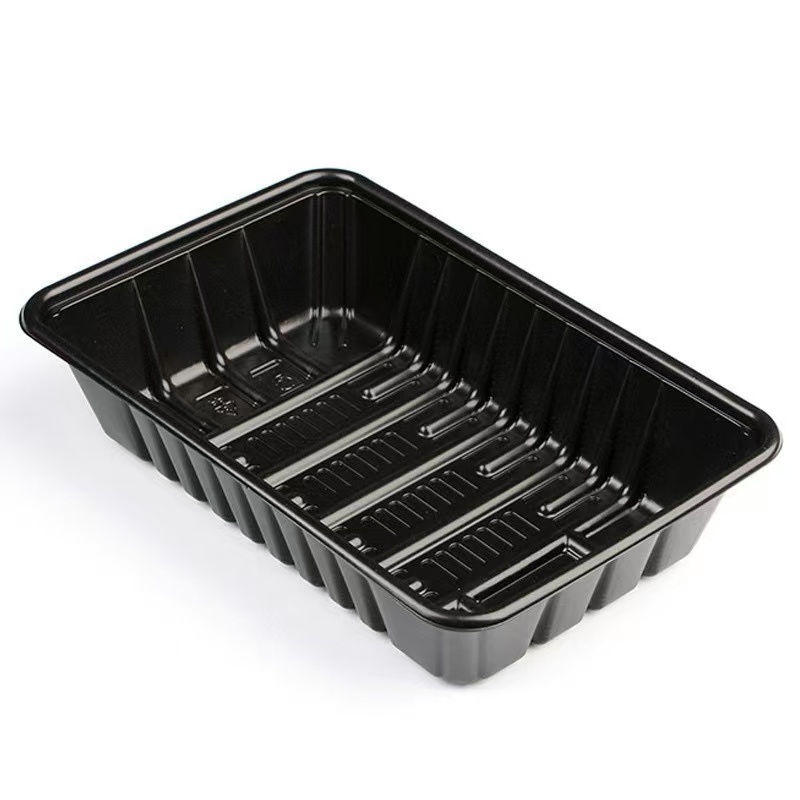 Advantages and ChallengesAdvantages:
Advantages and ChallengesAdvantages:Aesthetic Appeal: The clarity of PET blister boxes enhances product visibility, driving consumer engagement.
Durability: PET’s strength protects products from damage, ensuring reliability across the supply chain.
Sustainability: The use of RPET and recyclability aligns with eco-friendly packaging trends.
Versatility: PET’s thermoformability and compatibility with PET/PE sealing film support diverse applications.
Cost: PET is more expensive than alternatives like PVC, which may impact cost-sensitive applications.
Recycling Complexity: While PET is recyclable, multilayer structures with PE sealing films require advanced recycling processes.
Barrier Limitations: PET’s moderate barrier properties may necessitate additional coatings for high-barrier applications, increasing costs.
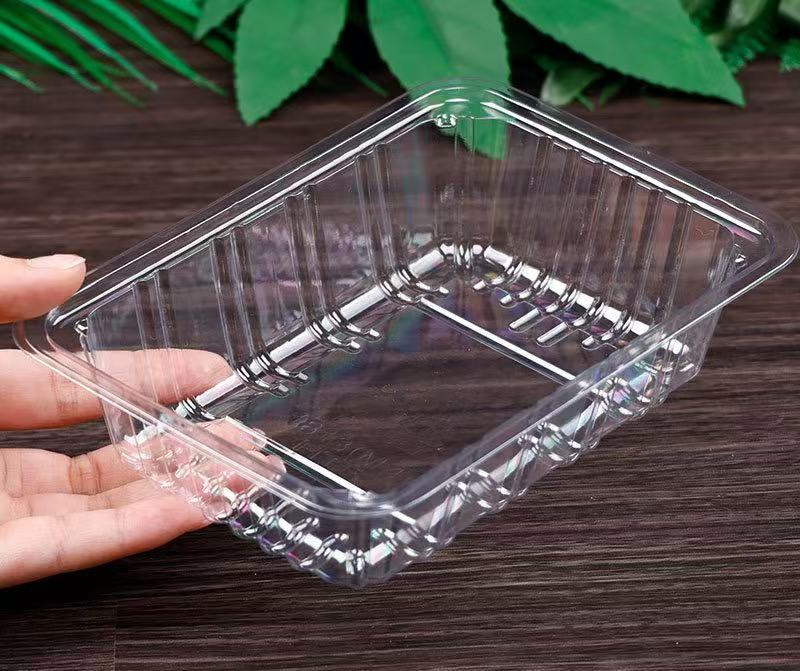
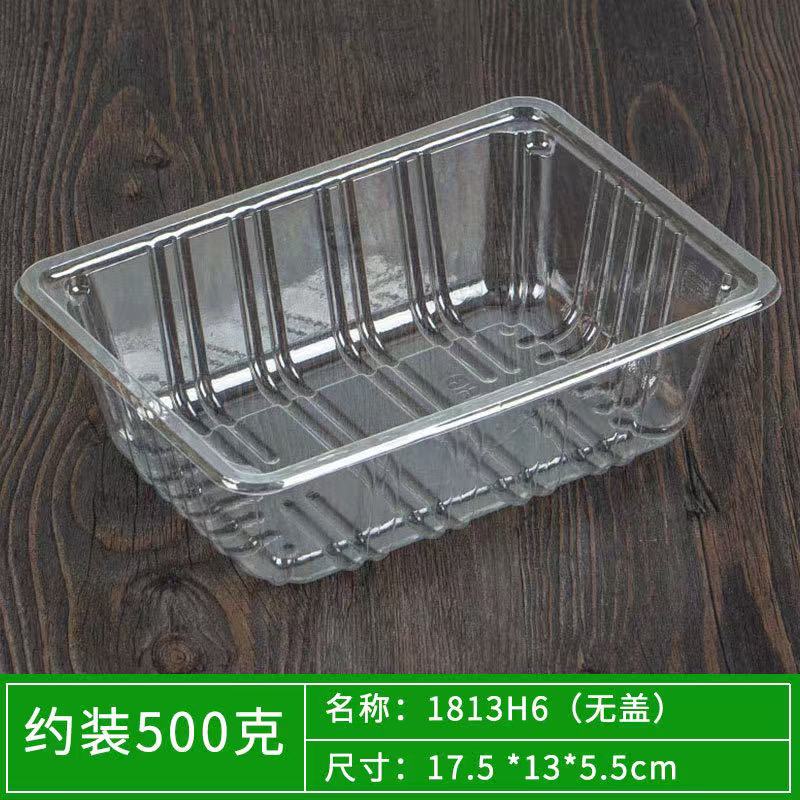 ConclusionTransparent PET blister boxes are a versatile, durable, and sustainable packaging solution that excels in food packaging, retail displays, and medical applications. Their clarity, strength, and compatibility with PET/PE sealing film make them ideal for protecting and showcasing products while meeting stringent safety and sustainability standards. From vibrant sushi clamshells to secure medical device trays, PET blister boxes deliver both functionality and aesthetic appeal. As innovations in recycling, barrier properties, and smart packaging continue to evolve, transparent PET blister boxes will remain a leading choice for modern packaging needs, balancing performance with environmental responsibility.
ConclusionTransparent PET blister boxes are a versatile, durable, and sustainable packaging solution that excels in food packaging, retail displays, and medical applications. Their clarity, strength, and compatibility with PET/PE sealing film make them ideal for protecting and showcasing products while meeting stringent safety and sustainability standards. From vibrant sushi clamshells to secure medical device trays, PET blister boxes deliver both functionality and aesthetic appeal. As innovations in recycling, barrier properties, and smart packaging continue to evolve, transparent PET blister boxes will remain a leading choice for modern packaging needs, balancing performance with environmental responsibility.